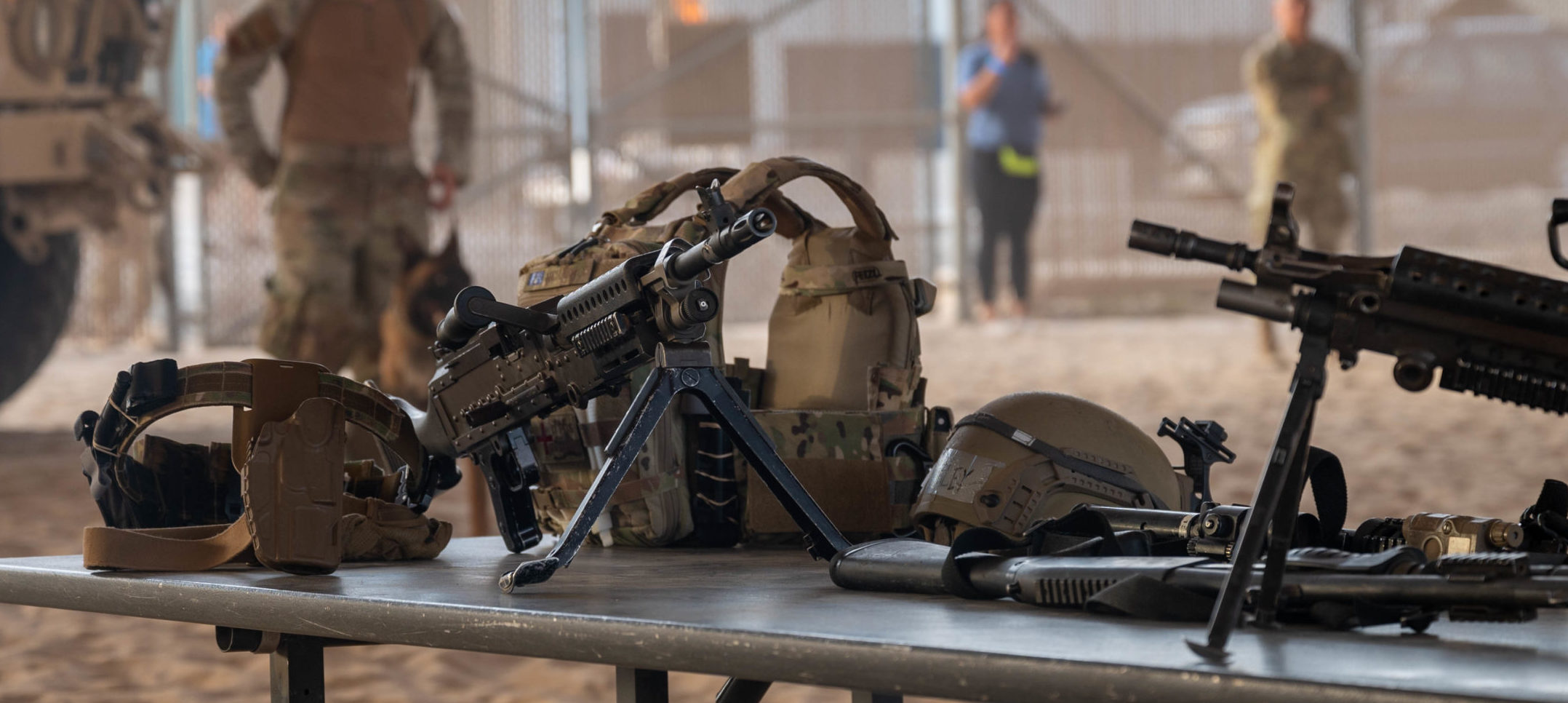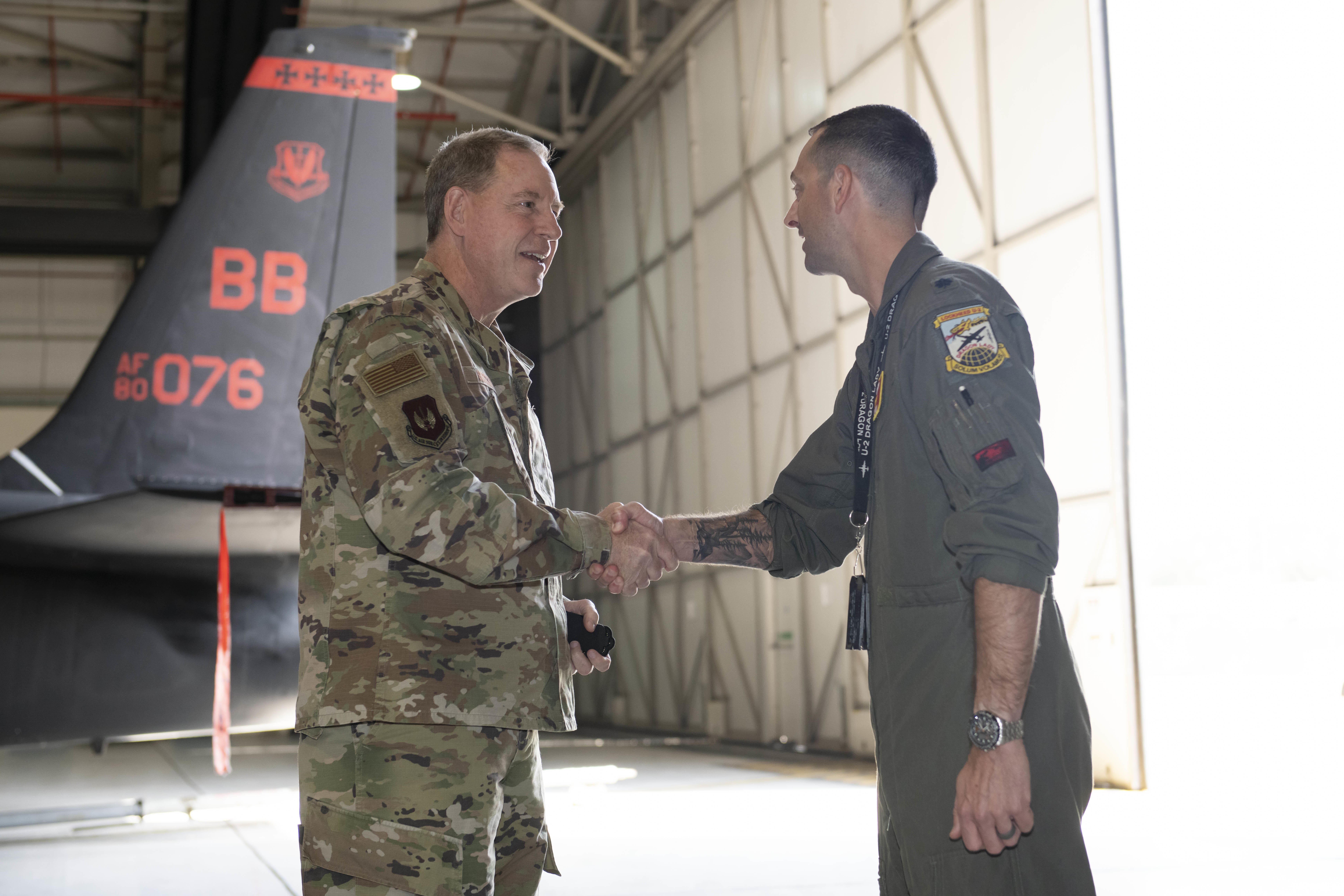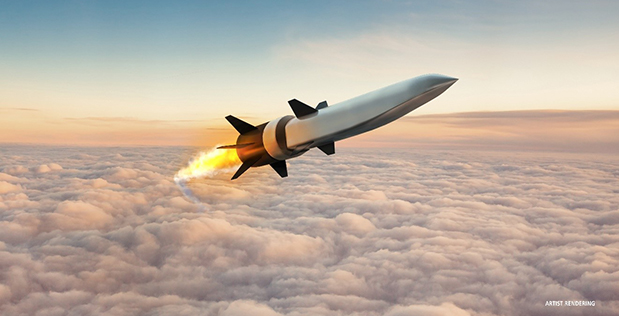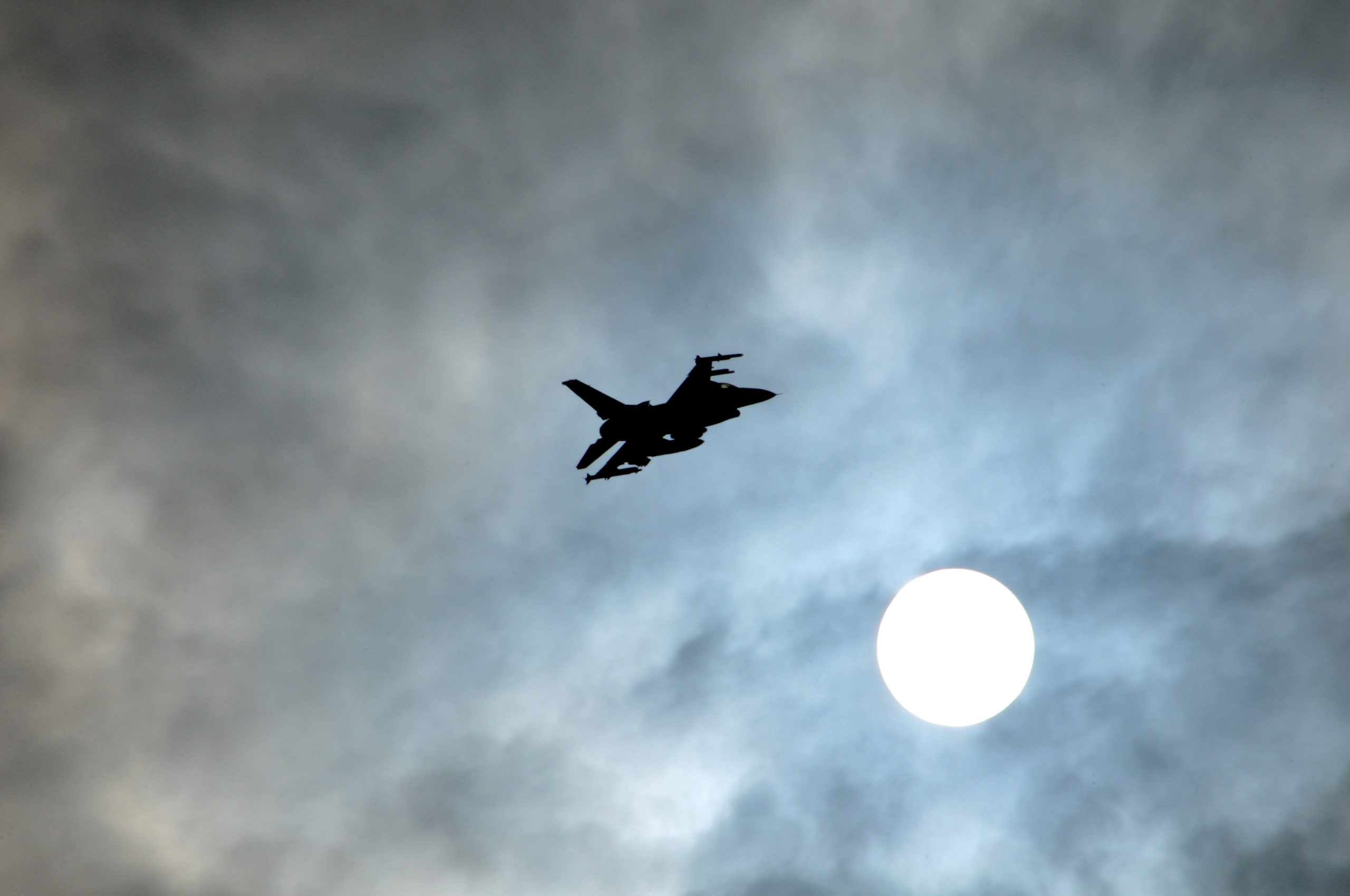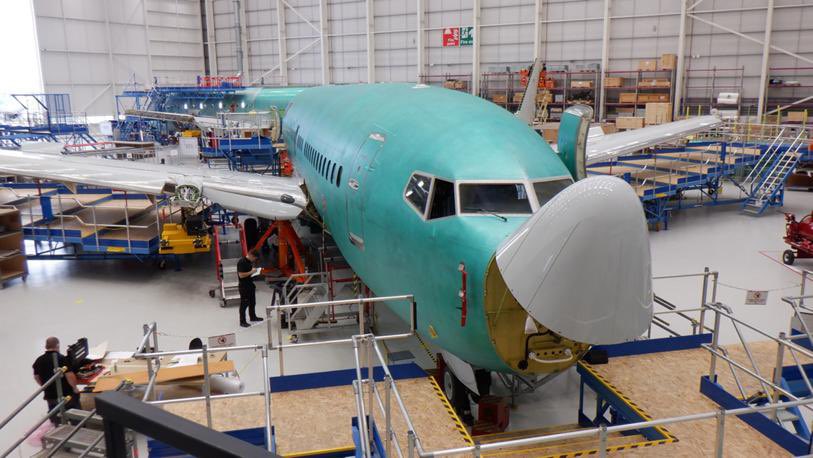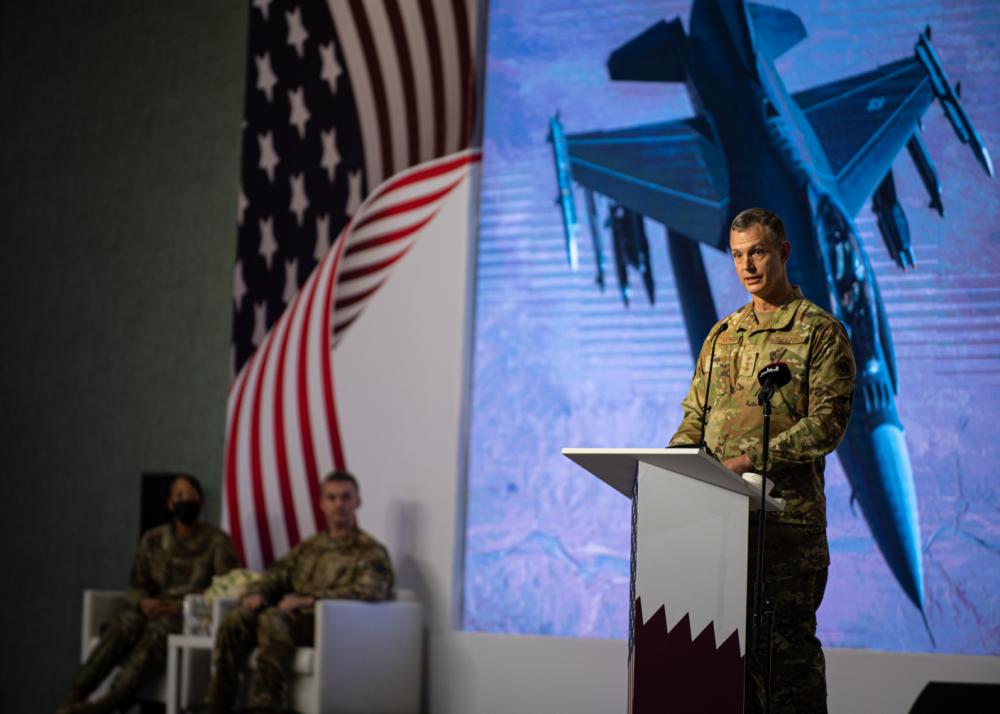The Air Force Life Cycle Management Center has launched a new application allowing male and female aircrew the ability to provide feedback on their gear beyond the unit level.
The hope of the program, called GearFit, is to reduce the number of administrative layers that feedback has to go through before it reaches AFLCMC, giving officials a better sense of the biggest problems aircrew have with certain pieces of equipment or gear.
A previous version of GearFit, launched in 2020, specifically targeted female aircrew members who often had to use gear not designed for them but modified after the fact and that still fit poorly. Beyond being uncomfortable, the poorly fitting equipment also presented a safety issue.
That situation led the Air Force to announce in 2019 that it was going in a “new direction” for female-specific flight equipment, launching the Combat Ready Airman program. That program extended to looking at the gear for female special warfare operators.
This new GearFit program, however, goes beyond those career fields and is available to both male and female aircrew members.
The Combat Ready Airman program, meanwhile, has expanded to other career fields to include fully 91 percent of Airmen, AFLCMC said in an announcement.
“We focus solely on maintainers, Security Forces, medics, anybody that isn’t aircrew or special ops,” Taylor Harrison, Combat Ready Airman program manager, said in an AFLCMC podcast.
In the GearFit application, aircrew members can submit comments on different pieces of gear and equipment. Those comments are then shared directly with the AFLCMC teams responsible for designing and acquiring that equipment, with the goal of offering standardized equipment across the force.
“We are getting feedback from our Airmen, the end user,” Harrison said. “We are not just delivering and hoping that we hit the mark.”
The Air Force has rolled out or is set to introduce several new pieces of equipment for Airmen in recent years. In June, the service selected a prototype for its new aircrew helmet. In June 2020, the service announced that it was purchasing new body armor for female Airmen, followed by new handguns for both men and women that same month. Security forces got new helmets starting in October 2020, and security forces, pararescuemen, Guardian Angels, and explosive ordnance disposal Airmen got nearly 1,500 new rifles this past April.
Editor’s note: This story was updated on Aug. 18 to clarify which Airmen can now submit feedback on the GearFit application.
